ra
Graphomotor Skills encompass the coordination of visual, motor, and cognitive processes required for effective writing and drawing.
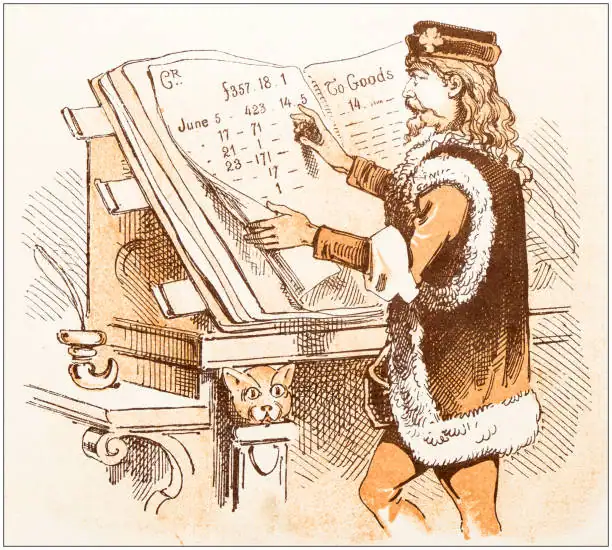
Objectives of Developing Graphomotor Skills
| Objectives of Developing Graphomotor Skills |
|---|
| 1. Achieving legible handwriting |
| 2. Improving fine motor coordination and control |
| 3. Enhancing cognitive skills such as attention, planning, and spatial awareness |
| 4. Promoting self-confidence and self-esteem through mastery of a fundamental skill |
| 5. Facilitating communication and expression through written language |
Stages of Development
Graphomotor skills develop gradually through several stages:
Pre-writing skills
The first stage of graphomotor development involves pre-writing skills. Prewriting abilities are a part of the first stage of graphomotor development.
Children do things like scribble, draw simple forms, and mimic horizontal and vertical lines throughout this stage of development. Through these exercises, they build fine motor abilities, spatial awareness, and hand-eye coordination—all of which are prerequisites for writing.
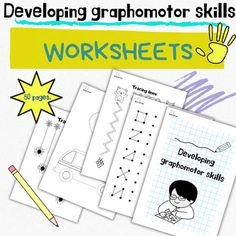
Letter formation
As they advance, kids start to pay more attention to how letters are formed. Learning to correctly form letters and numbers is needed at this stage.
Youngsters trace letters as part of their practice, first outside of words. They progressively get more adept at manipulating their hands to create recognized characters.
Handwriting fluency
Children work on improving their writing speed and readability during the handwriting fluency stage.
With the goal of writing swiftly and clearly, they practice writing words and sentences. They increase their writing speed while retaining accuracy and clarity with practice and repetition.
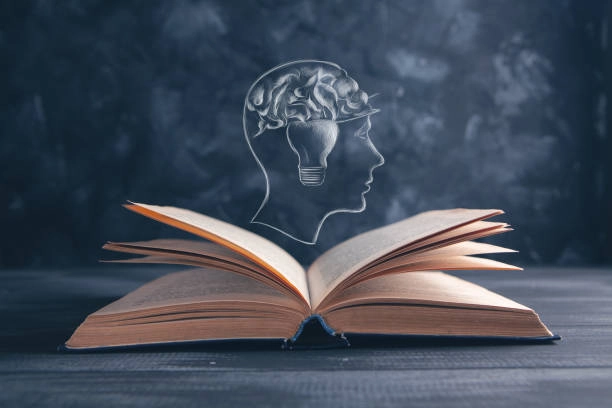
Refinement
This is the last phase of the development of the graphomotor system. Children now concentrate on making their handwriting more clean overall and with larger, more evenly spaced letters.
They gain proficiency in maintaining regular word spacing and letter sizes, which improves the legibility of their writing.
Additionally, emphasis is placed on good pencil grip and posture in order to guarantee comfortable and effective writing.
Areas of Graphomotor Skills
| Areas of Graphomotor Skills | Description |
|---|---|
| 1. Handwriting | The ability to form letters and words accurately and legibly. |
| 2. Drawing | Creating pictures and designs with precision and control. |
| 3. Fine Motor Coordination | Using small muscles in the hands and fingers for precise movements. |
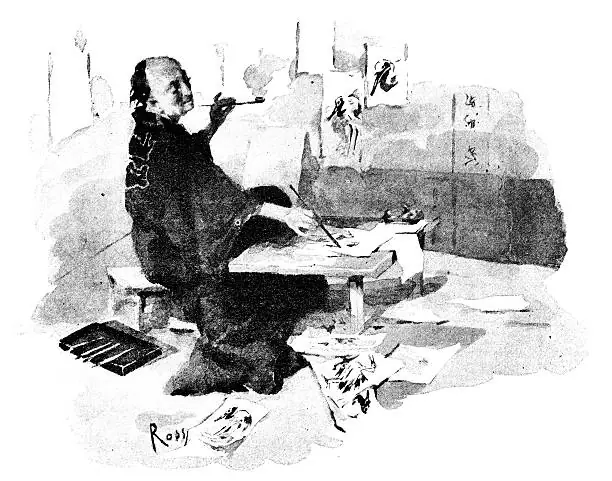
Graphomotor Skills: Activities for Kids
Graphomotor skills play a vital role in a child’s ability to write neatly and fluently. Engaging in activities that promote these skills can make learning to write both enjoyable and effective.
Tracing and Copying
Children can practice letter formation and improve their fine-motor skills by copying and tracing letters and shapes.
Give them workbooks or templates with shapes and letters on them, and tell them to trace along the lines. They might attempt freehand copying of the letters and shapes as their confidence grows.
Strengthening Hand Muscles
Robust hand muscles are necessary for legible handwriting. These muscles can be strengthened by engaging in activities like squeezing a stress ball or playing with playdough.
Allow kids to explore and work with the playdough, using their fingers to roll, squeeze, and shape it. Fun hand-strength exercises include squeezing a stress ball.
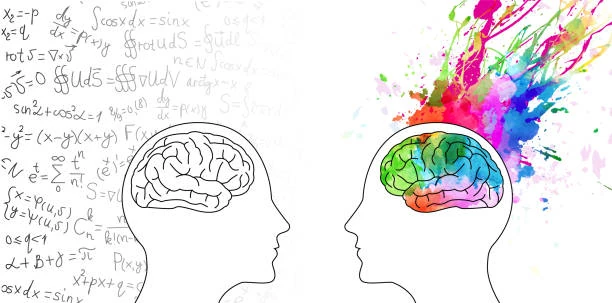
Hand-Eye Coordination Exercises
For writing to be precise and controlled, hand-eye coordination is essential. Give kids tasks like bead-threading or connecting-the-dots that require them to synchronize their hand actions with what they perceive.
Give them bead threading kits or dot-to-dot puzzles, and motivate them to finish the exercises.
Drawing and Coloring
In addition to being entertaining, coloring and drawing exercises help to improve graphomotor abilities.
Encourage kids to use crayons or colored pencils to sketch and color pictures. To help children develop hand control and precision, remind them to focus on the details and stay inside the lines.
Benefits of Graphomotor Skills
Enhanced Academic Performance
A major advantage of enhancing graphomotor abilities is that it has a good effect on scholastic achievement.
Better scores result from pupils writing in legible and fluid handwriting, which makes it easier for teachers to read and comprehend their work.
Children can concentrate more on properly expressing their thoughts and ideas when they can write neatly and rapidly.

Supports Cognitive Development
The growth of graphomotor abilities is closely linked to the development of cognitive abilities. Children improve cognitive skills, including attention, memory, and spatial awareness, as they learn to control their hand movements for writing.
Writing includes intricate brain processes that activate many brain regions and support the development of general cognitive abilities.
Boosts Self-Confidence and Self-Esteem
Children feel more confident and achieve a sense of success when they master graphomotor skills. They are pleased with their development when they notice an improvement in their handwriting.
Their sense of accomplishment carries over into other spheres of their lives, resulting in elevated self-worth and a constructive outlook on education.
Facilitates Communication and Expression
In the modern world, being able to write well is an essential ability. Children who work on their graphomotor abilities are better able to write with confidence and clarity.
Children who have mastered graphomotor abilities may express their ideas and thoughts more effectively when writing, which strengthens their communication skills—whether they are writing an assignment, a letter, or a tale.
Graphomotor Skills: Strategies
Occupational Therapy Interventions
Children with issues with their graphomotor skills might benefit greatly from occupational therapy. As crucial elements of graphomotor abilities, fine motor and hand-eye coordination are taught to occupational therapists.
Children can enhance their hand control and writing fluency with the assistance of occupational therapists through focused interventions and activities.
Adaptive Tools and Techniques
Children with graphomotor difficulties may find writing easier to handle if they use adaptive tools and strategies. For kids who have trouble holding a pencil, pencil grips, for instance, can offer more stability and support.
Raised-line paper provides children with tactile feedback, helping them to form letters and stay inside the lines. These resources lessen annoyance and increase writing precision.
Multisensory Approaches to Handwriting Instruction
Using multimodal methods to teach handwriting stimulates kids’ senses and improves learning. Children can better understand letter construction by using visual clues, including tracing letters on textured surfaces or using bright markers.
Letter shapes and sequences can be memorized with the help of auditory cues, such as mnemonic devices or spoken signals. Kinesthetic cues improve motor abilities and muscle memory. Examples include finger tracing and air writing.
Regular Practice and Reinforcement
The secret to developing graphomotor skills is consistent exercise. Write thank-you cards, grocery lists, and journals, for example, and include handwriting practice into your everyday routines and activities.
Giving kids the chance to write for a variety of reasons and in a variety of situations keeps them interested and inspired to get better at it.
As you strengthen their confidence and self-esteem, give them praise and positive reinforcement for their efforts and accomplishments.
Impact of Deficits
The effects of graphomotor skill deficiencies in children can be profound. It might be difficult for others to interpret someone’s handwriting if they have trouble precisely producing letters and shapes.
Maintaining uniform spacing between letters and words and remaining inside the lines might be challenging for someone with poor hand-eye coordination.
These deficiencies have an effect on a child’s confidence and self-esteem, in addition to their academic achievement.
Handwriting tasks that cause frustration can cause people to avoid writing completely, which makes it more difficult to express oneself and communicate through written language.
Deficits in graphomotor function can also hinder development in other domains, including fine motor skills and cognitive functions like memory and attention.
Thus, it’s critical to address these deficiencies at an early age with focused interventions and support in order to enable kids to overcome obstacles and achieve their full potential.
Graphomotor Skills: Deficits
| Graphomotor Deficits | Description |
|---|---|
| Illegible handwriting | Writing that is difficult to read or understand. |
| Difficulty forming letters | Struggle in accurately creating letter shapes. |
| Poor hand-eye coordination | Difficulty coordinating hand movements with visual cues. |
| Inconsistent spacing | Uneven or irregular spacing between letters or words. |
| Frustration with writing tasks | Feelings of annoyance or upset when engaging in writing. |
Conclusion
In conclusion, graphomotor skills play a crucial role in facilitating clear communication and academic success through proficient handwriting and drawing abilities.
FAQs
Graphomotor difficulty refers to challenges in the coordination of hand movements required for writing.
Graphomotor refers to the combination of visual, motor, and cognitive processes involved in handwriting and drawing.
A graphomotor test assesses a person’s ability to perform fine motor tasks related to writing and drawing.
An example of a graphomotor skill is accurately forming letters and numbers with a pencil or pen.
Graphomotor skills are important for legible and fluent handwriting, which is crucial for academic success and communication.
Related Posts:
Eddie Crazy Rich Asians As An Actor, Net Worth & Early life
Oswald In King Lear | Character Analysis & Quotes
Analysis Of First Player’s Speech In Hamlet | By Shakespeare
11 Important Themes Of Pygmalion & Symbolism| By Bernard Shaw









